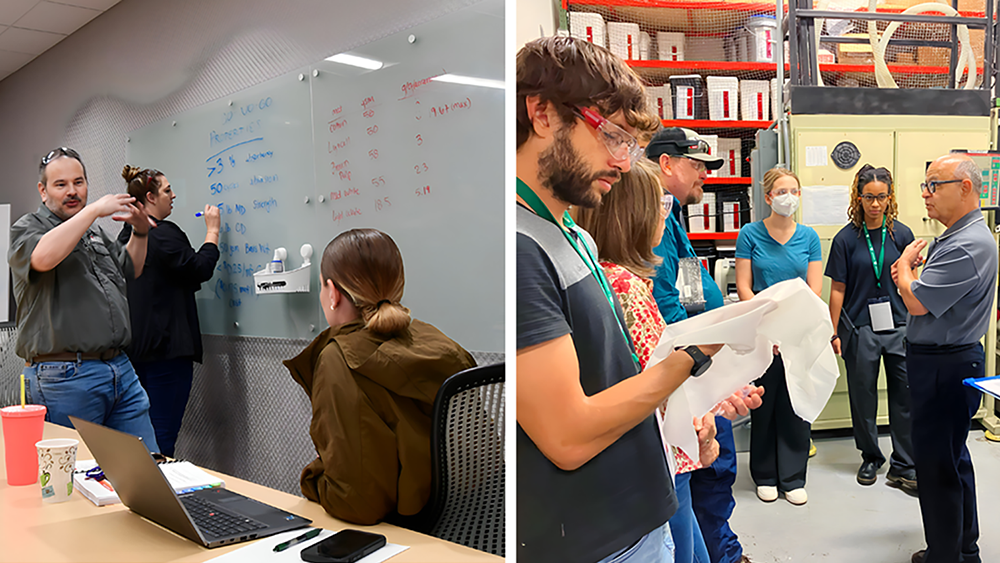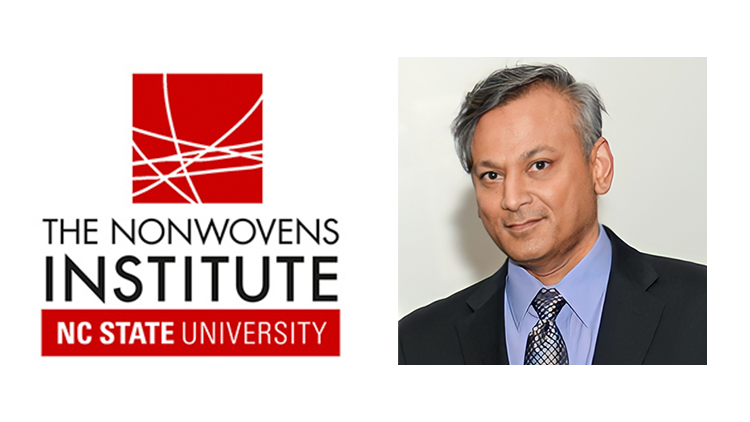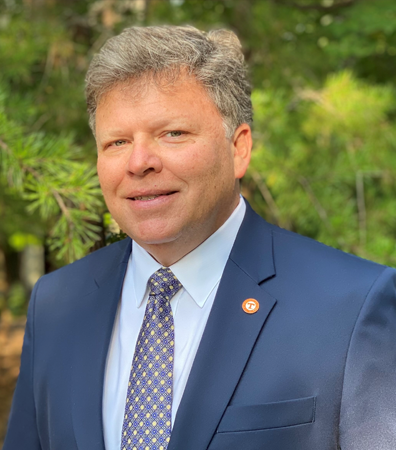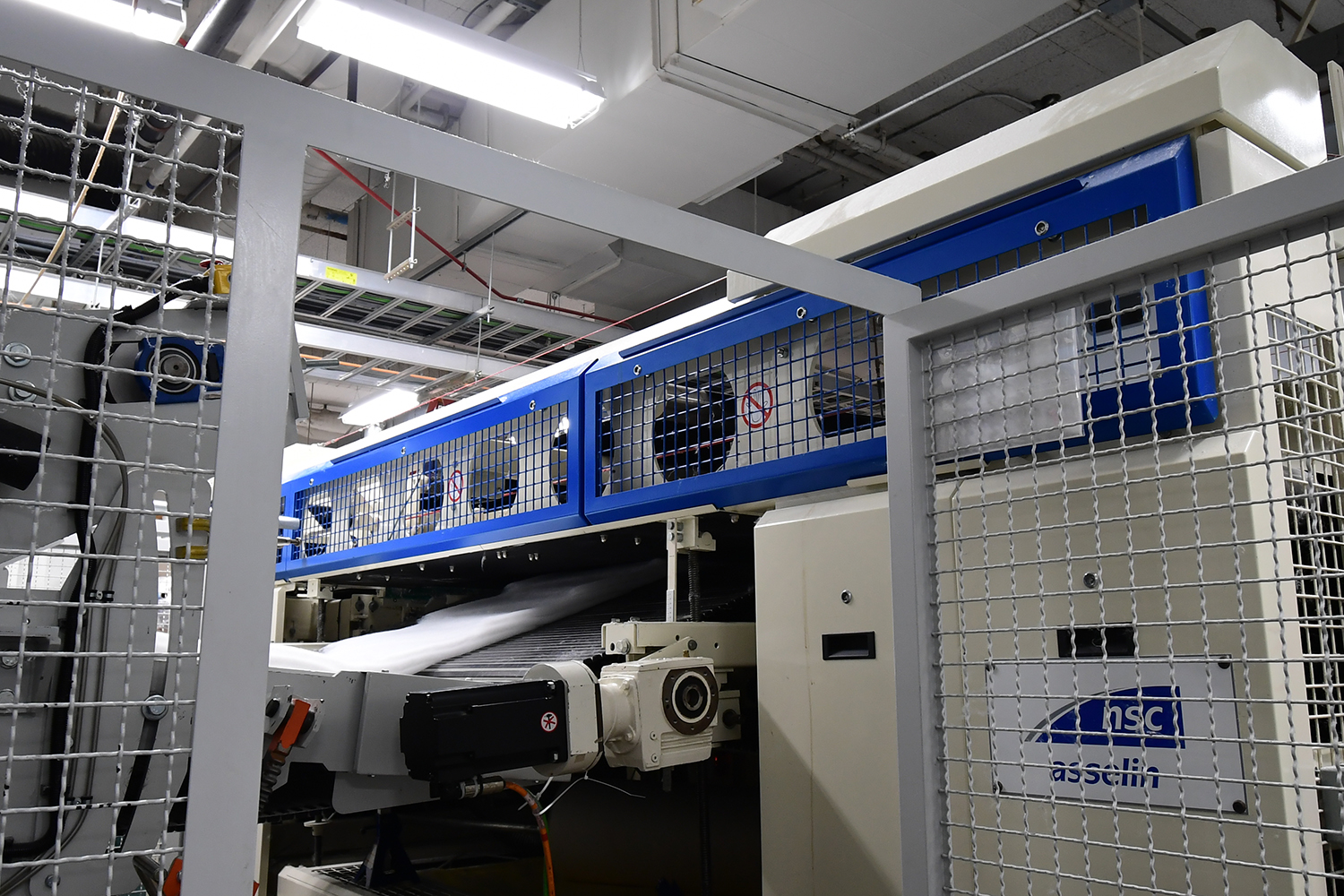[Instructor Q&A] Nonwoven Fabric Property Development and Characterization Short Course

The Nonwovens Institute (NWI) will present the popular Nonwoven Fabric Property Development and Characterization Short Course June 4-7 from the Center for Technology and Innovation on the Centennial Campus of NC State University. This course, presented in partnership with INDA, The Association of the Nonwoven Fabrics Industry, is led by expert instructors, including Behnam Pourdeyhimi, Ph.D., NWI’s executive director, and Benoit Maze, Ph.D., NWI’s director of education and administration.
To give you a sense for what you can expect to learn during this course and why this information is important to your success in nonwovens, Dr. Pourdeyhimi and Dr. Maze field a few questions relevant to the subject matter in the following Q&A.
Why is fabric property development and characterization such an important area for nonwovens industry professionals to understand?
Dr. Pourdeyhimi: Nonwovens are functional materials, and every product has its own set of requirements. So, it’s really important to characterize and measure the material properties as they relate to the specific performance requirements of the end product – otherwise you will essentially be operating with blinders on, iterating your production process in an extremely inefficient way to achieve the desired performance criteria.
What are some of the more compelling points of information attendees will gain from the Nonwoven Fabric Property Development and Characterization Short Course?
Dr. Pourdeyhimi: We look at characterization as a hierarchy, meaning the polymer properties impact the fiber properties and the fiber properties impact the fabric properties and the way the fabrics are combined impacts the performance properties of the end product.
Some of the important measurements we cover in this course are mechanical properties, fiber orientation distribution, mass uniformity, basis weight, thickness and air permeability, among others.
Understanding the importance of these fundamental measurements will allow attendees to establish and/or reinforce/refresh their commitment to product quality at each level of the production hierarchy.
Different products have different requirements, and understanding property development and characterization fundamentals will enable you to manage the production process to meet the needs of a given application – for example, barrier properties for medical applications; moldability, acoustical and thermal insulation properties for automotive applications; absorbency and wiping efficiency for wipes applications; and pressure drop and particle capture efficiency for filtration applications.
Are there any unique concepts that will be covered during this course that attendees may not be able to obtain elsewhere?
Dr. Maze: Fiber size is an important variable to understand when you are trying to meet the performance requirements of a given application. However, fiber size can be difficult to measure, especially in meltblown nonwovens.
We have developed a methodology where we can estimate the fiber size through a combination of bulk density and air permeability measurements, and we will cover this concept during the course.
Who should attend this course and how will the material covered benefit these job titles?
Dr. Maze: Product development professionals will benefit from this course by gaining an understanding of how to control nonwoven structures to meet the requirements of the end-product application.
Quality control/quality assurance professionals will gain a better understanding of the measurements at each level of the production process that determine the quality of the end product.
Purchasing and sourcing professionals will gain an understanding of the importance of material specifications and how they are tested.
And engineering and production professionals will learn how to tune the process to achieve the desired properties and performance characteristics of nonwoven structures.
How would you describe the potential impact of understanding the fundamentals of nonwoven fabric property development versus not understanding them?
Dr. Pourdeyhimi: If you don’t understand the structure-property-process relationships that dictate the performance of nonwoven materials, it is going to be difficult to create products that meet customer needs.
Meanwhile, a strong understanding of the fundamentals of property development and characterization will allow you to drive efficiency in your production processes rather than using an inefficient iterative approach to nonwoven production.
Dr. Maze: This course is particularly helpful for individuals who have responsibility for buying materials and working with material suppliers. We are often contacted by people who have questions about a new material they have sourced that is not delivering the desired performance. Often the reasons can be traced to inadequate and/or inaccurate testing.
The material covered in this course will ensure individuals who have responsibility for sourcing materials understand the characterization methods they need to employ to ensure the performance of the materials in specific applications.
Are you interested in attending the Nonwoven Fabric Property Development and Characterization Short Course?
- Categories:


